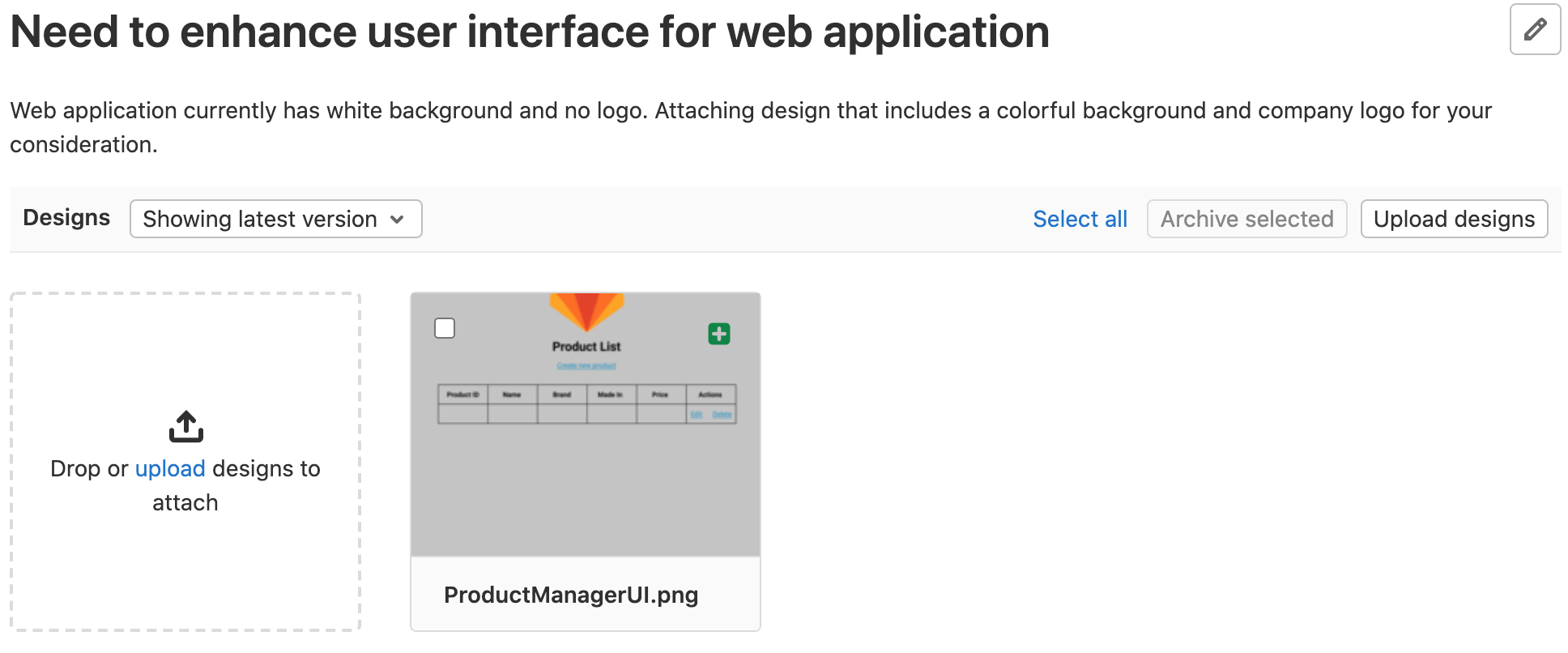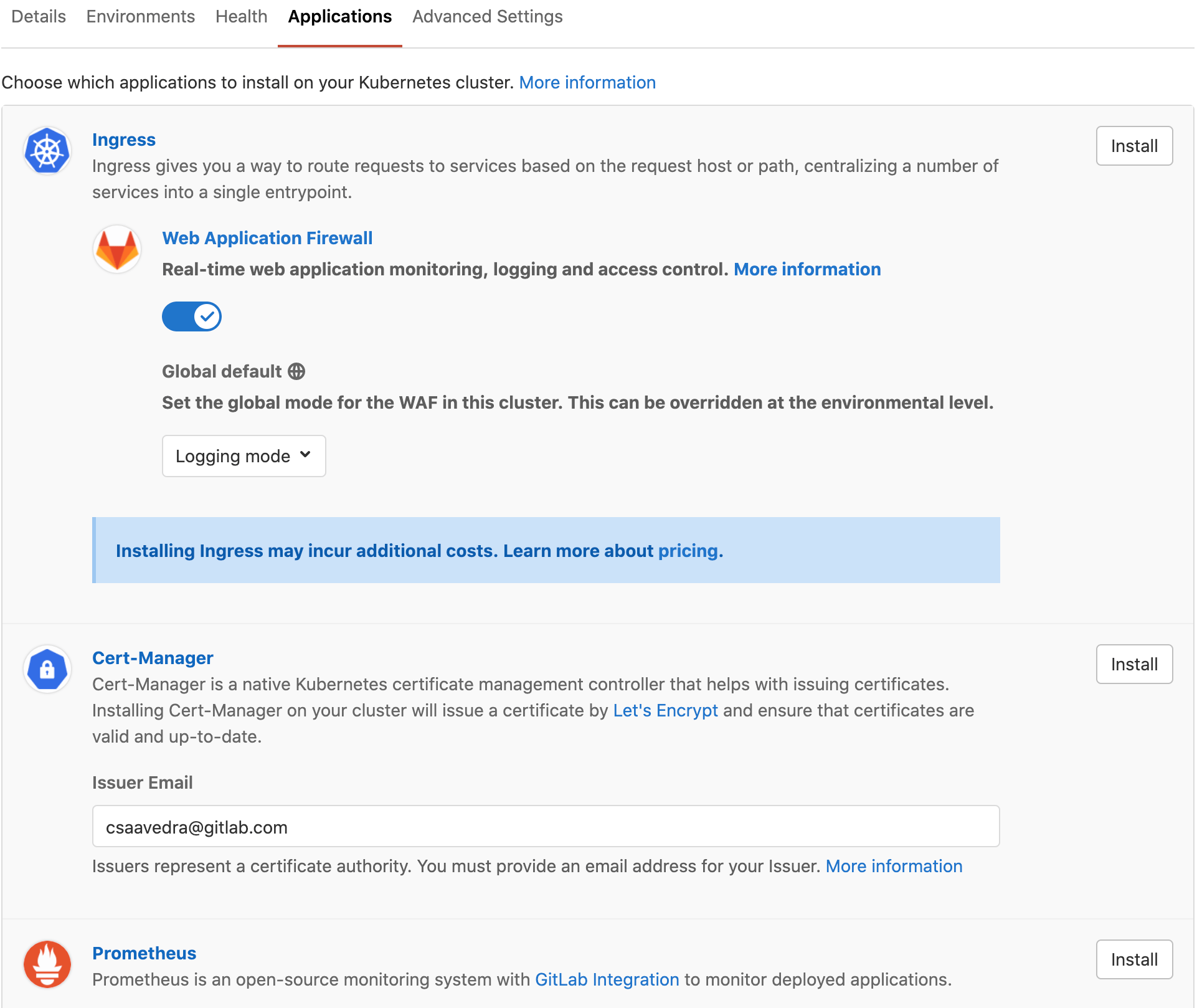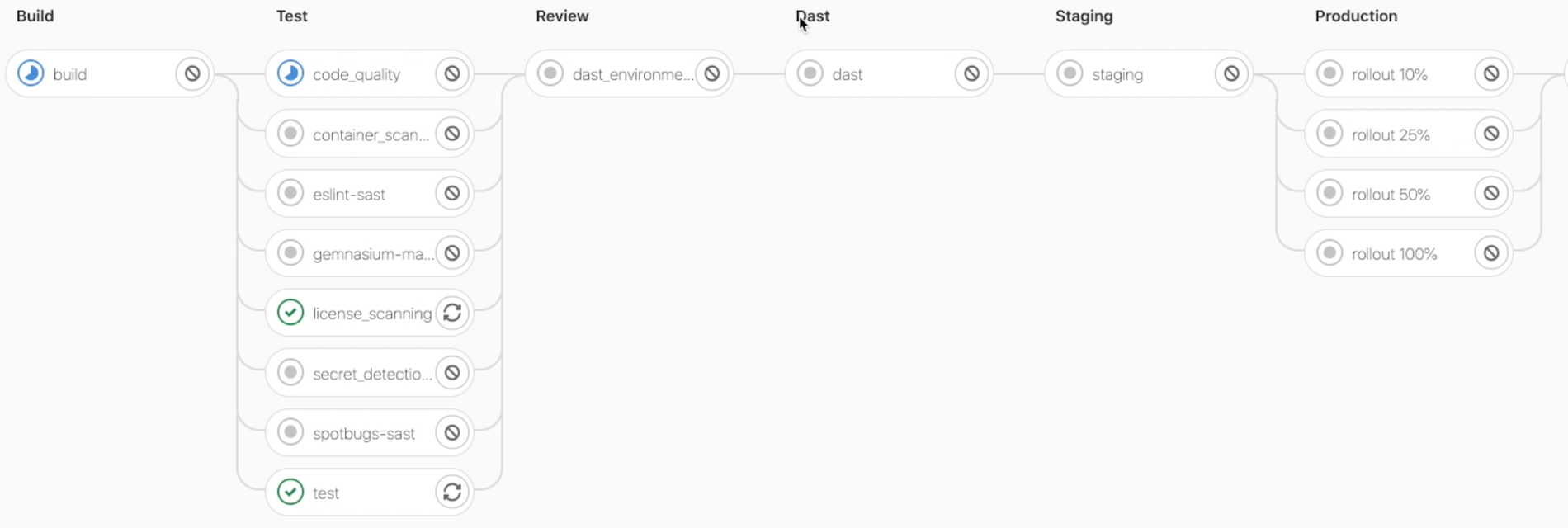A challenge that organizations often face is the amount of time spent maintaining their IT systems vs. the time spent innovating and developing differentiating features for customers. This challenge has become even more difficult during a global pandemic where working from home makes it harder to engage with your customers in person and digital channels have become the primary vehicle to do business with consumers of your services and products. Rapid innovation means your organization and teams can deliver lovable features faster and get value into the hands of customers sooner. This is more urgent than ever before to remain competitive and ultimately survive in this new business reality, and requires your developers to spend more time creating and developing code rather than managing multiple disparate tools, environments, and processes.
GitLab uniquely enables rapid innovation by simplifying the adoption of DevOps practices so that your developers can spend more time creating innovative features and applications that matter to your customers.
Watch this video (~6 mins) to see these rapid innovation capabilities in action.
The following is a non-exhaustive list of ways that GitLab helps your teams to achieve rapid innovation.
Easy collaboration across multiple roles and asset types
Application creators and stakeholders within every organization come from many disciplines, often times each using their own file types to get work done. For example:
- Product Designers typically work with the output of their design tools, which could be Figma or Sketch files, images, or graphs.
- Developers mainly work with programming language source files (code).
- DevOps Engineers might use Infrastructure-as-code files, like Terraform, CloudFormation, or Azure Resource Manager files
- Database Administrators often use Data Definition Language (DDL), Data Manipulation Language (DML), and SQL scripts.
Whereas other CI/CD solutions typically stick to one type of asset, with GitLab, stakeholders can easily collaborate and contribute using their preferred asset types as part of a single conversation across the whole software development lifecycle. Not only does this enrich the conversation between all stakeholders, but it speeds up the innovation process by lowering the barrier for cross team collaboration.

Security and compliance
Security and compliance is usually a top priority for CIOs and directly affects how code is developed throughout the end-to-end SDLC. It's critical to protect your IP and equally important for customers to take confidence in the fact that their sensitive data is safe and secure. Instead of putting together your own mechanisms to check security vulnerabilities, license compliance, dependency scanning, static and dynamic application security testing, performance, fuzz testing, among others, GitLab provides you with built-in templates to do all these from within your CI pipeline. All you have to do is include them in your pipeline and voila! By leveraging these templates you can more quickly focus on creating and innovating.

Review Apps
Wouldn’t it be great if you could effortlessly enable all stakeholders to review the application changes BEFORE they are merged to the main branch? Instead of orchestrating and putting together a review environment and building, loading and executing the application to it for every update, you can leverage GitLab Review Apps capability, which streamlines the review process by automatically creating (and cleaning up) temporary review environments with every change. This let's developers focus on innovation instead of environment setup.

Deep Kubernetes integration
Another way that GitLab uniquely enables you to innovate more rapidly is the deep integration to Kubernetes clusters, which not only includes the automatic creation of and deployment to K8s clusters, but also includes automatic cluster monitoring, per application metrics, and the one-click deployment and management of a variety of supplemental applications such as a Web Application Firewall, Cert-Manager, Prometheus, GitLab Runner, Crossplane, JupyterHub, Elastic Stack, Fluentd, Knative, and GitLab Container Network Policies.
Kubernetes clusters can be set up by developers at their project level or by admins at the group levels, enabling developers to take advantage of container-based development best practices without needing deep subject matter expertise. This allows developers to spend more of their time working on what matters: creating great product.

Automatic environments management
GitLab will automatically spin up and tear down environments as needed by the CI/CD pipeline. For example, GitLab automatically spins up pods for the review, staging and production environments. All this infrastructure automation removes the burden of having to manage infrastructure off of your shoulders so that you can spend more time developing and creating code faster.

Pipeline template creation
Once you create a pipeline based on the best practices for your organization, you can turn it into a pipeline template that your development teams can use. Other developers can reuse this new template in their projects so that they can get right to creating and innovating differentiating features and applications that matter to their consumers.

Auto DevOps
If you’d like to leverage a complete DevOps predefined CI/CD pipeline, which is based on best practices, why not use Auto DevOps? Auto DevOps allows you to automatically detect, build, test, deploy, and monitor your applications. Leveraging CI/CD best practices and tools, Auto DevOps aims to simplify the setup and execution of a mature and modern software development lifecycle. The Auto DevOps pipeline shifts work left to find and prevent defects as early as possible in the software delivery process. The pipeline then deploys the application to staging for verification and then to production in an incremental fashion. As you can see, Auto DevOps saves you from implementing your own pipeline so that you can spend more time innovating.

These are some of the ways GitLab uniquely enables you to innovate more rapidly by ensuring that everything is where you need it when you need it, empowering you to focus on creating and developing innovations, delivering solutions faster, putting new products and services more quickly in the hands of your customers and remaining competitive. And all within a single application.
For more videos and demos visit Learn@GitLab. To learn more about how GitLab can help you innovate more rapidly visit the GitLab website
Cover image by Florian Bernhardt on Unsplash
